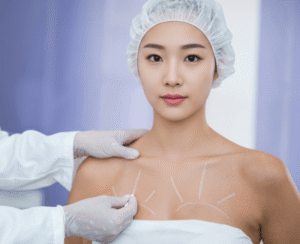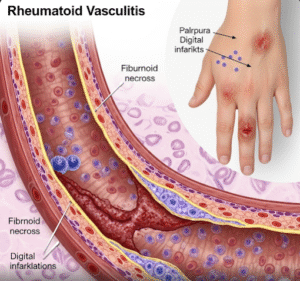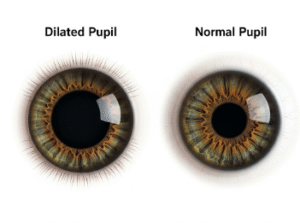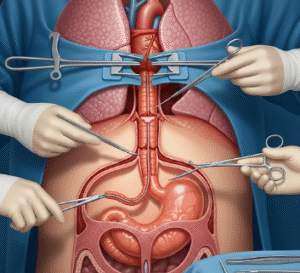What It Is
A temporal implant is a cosmetic surgical procedure that enhances the temples (the areas on the sides of the forehead, between the eyes and hairline) using a silicone or Medpor implant. Hollow or sunken temples can make the face appear gaunt, aged, or unbalanced. By adding volume with an implant, the procedure restores youthful fullness and improves overall facial harmony.
In Korea, temporal implant surgery is refined and highly advanced. Surgeons use 3D imaging and custom shaping techniques to ensure implants blend naturally with the patient’s forehead, brow, and cheek contours. This makes Korea a popular destination for international patients seeking precise, natural results.
Why It’s Done
Cosmetic Purposes:
- Corrects hollow or sunken temples that create an aged or tired appearance
- Improves overall balance between the upper, mid, and lower face
- Enhances a softer, more youthful contour, especially in women
- Provides permanent results compared to fat grafting or fillers
Corrective Purposes:
- Restores temple volume loss from aging or significant weight loss
- Corrects asymmetry caused by congenital conditions or trauma
Patient Considerations:
- Popular among patients in their 20s–50s for anti-aging and facial balancing
- Ideal for those who want a long-term solution instead of repeat filler/fat injections
- Best suited for healthy, non-smoking individuals with realistic expectations
Alternatives
- Fat Grafting: Uses patient’s own fat for temple volume; natural but partially reabsorbed over time
- Dermal Fillers (Hyaluronic Acid): Quick, non-surgical solution; temporary (6–12 months)
- Custom Temporal Implants: More advanced variation, tailored precisely to the patient’s anatomy
Preparation
Before temporal implant surgery in Korea, patients undergo:
- Consultation: Facial analysis and digital simulation to preview results
- Imaging: 3D CT scans in some clinics to guide implant design and placement
- Medical Screening: Blood tests and general health review
- Pre-Operative Instructions: Avoid smoking, alcohol, and blood-thinning medications
- Fasting: Required 6–8 hours before general anesthesia
How It’s Done
Type: Surgical procedure, usually under general anesthesia (sometimes local with sedation)
Duration: 1–2 hours
Procedure Steps:
- A small incision is made behind the hairline, hidden in the scalp
- A pocket is created in the temple area above the muscle
- A silicone or Medpor implant (pre-shaped or custom-designed) is inserted and positioned symmetrically
- The incision is closed with fine sutures hidden in the scalp
Hospitalization: Outpatient or 1-night hospital stay depending on case complexity
Recovery
- First Week: Mild swelling, bruising, or tightness around temples
- Pain Management: Discomfort is usually minimal, managed with oral medication
- Downtime: Most patients return to work or daily activities in 5–7 days
- Restrictions: Avoid heavy exercise and direct temple pressure for 2–3 weeks
- Final Results: Visible after swelling subsides in 1–2 months; implants are permanent
Possible Complications
- Temporary swelling, bruising, or numbness
- Implant asymmetry or malposition (rare with experienced surgeons)
- Infection requiring implant removal (very rare)
- Visible contour irregularities if the implant shifts
- Minor scarring (hidden in hairline incision)
Treatment Options in Korea
Diagnosis
Korean clinics emphasize precision through:
- Facial Harmony Analysis to assess temple contour and symmetry
- 3D CT Imaging & Simulation to design implant shape and placement
- Surgeon Consultation to discuss desired outcomes and alternatives
Medical Treatments
For patients not ready for implants:
- Dermal fillers for quick, temporary temple volume
- Fat grafting for natural results, though absorption may require touch-ups
Surgical or Advanced Therapies
- Standard Temporal Implants: Pre-shaped silicone or Medpor implants
- Custom 3D Implants: Tailored to individual anatomy for exact fit and symmetry
- Hybrid Approaches: Implant combined with fat grafting for softer contour transitions
- Revision Surgery: Correcting asymmetry or unsatisfactory results from prior procedures
Rehabilitation and Support
- Post-op checkups to monitor implant stability and healing
- Scar management treatments if needed (usually minimal due to hidden incisions)
- International patient services: translation support, accommodation, transport, and recovery programs












